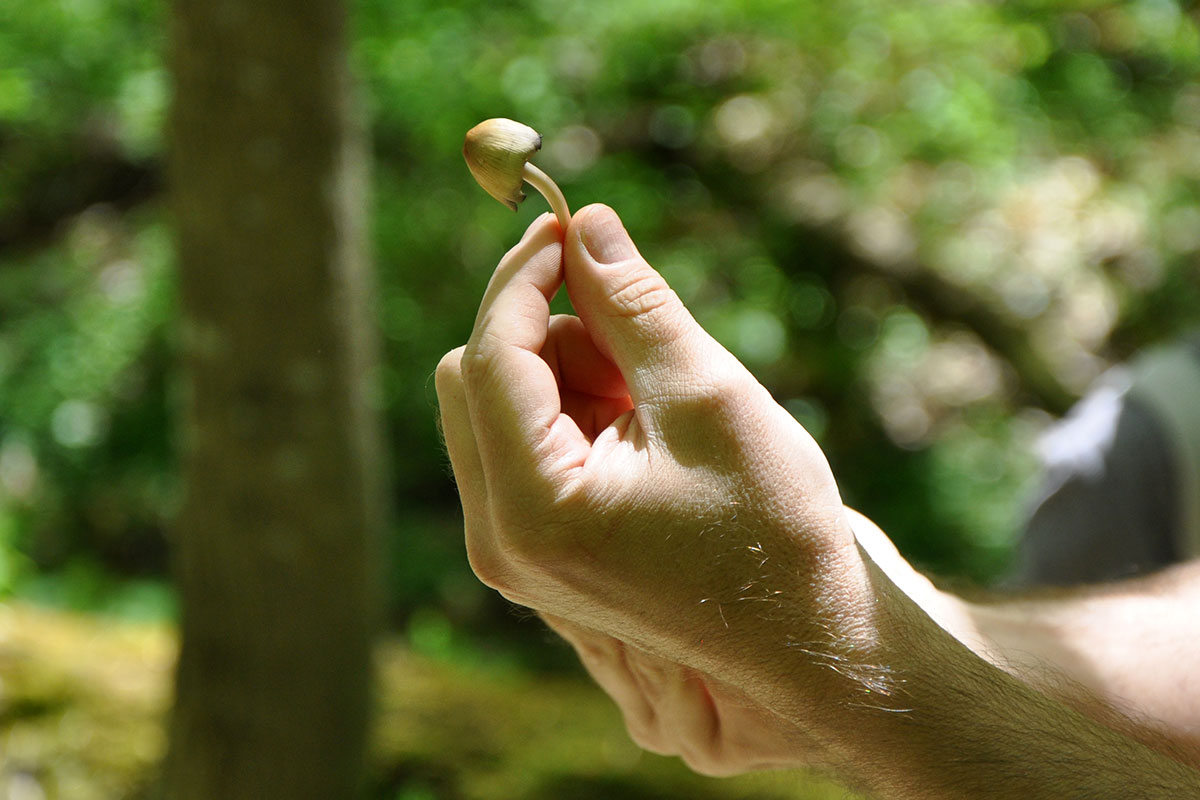Woodlands, grasslands, and farmland support many species of animals and plants—as well as many people! These systems produce our food, medicine, and building materials. They store carbon and protect soil from severe flooding, reducing the impacts of climate change. At the 2022 Folklife Festival, we explored how these ecosystems can sustain, nourish, and heal.
How can we harvest food, timber, and other natural resources in a way that benefits both people and nature? How are scientists finding innovative ways to transform materials like mushrooms into sustainable materials? How can we utilize traditional knowledge to conserve plants for a more diverse and resilient ecosystem?
We met scientists and farmers who are working together to enhance farmland from the soil up, refining sustainable agriculture practices like regenerative grazing. We smelled and tasted delicious coffee and chocolate that’s good for birds, biodiversity, and people.
We learned how modern foragers and herbalists are reviving traditions that protect plants like American ginseng while still celebrating wild food, like mushrooms and natural medicine.









